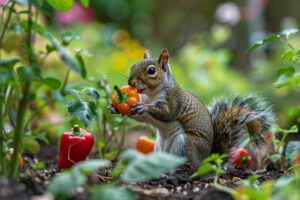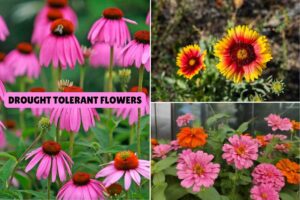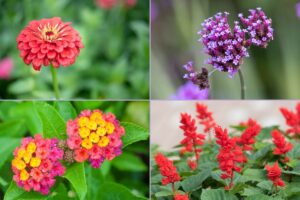This page may contain affiliate links. If you click and buy, we might get a small commission at no cost to you.
The White-tailed deer is the most widely distributed species of deer in North America and can be found nearly all throughout the United States, excluding some of the Southwest. Given this, it’s probably pretty likely that you have encountered one and may even see them in your yard! While not everybody is fond of wildlife traipsing across their lawn, most people can agree that there is something special about seeing a deer in your backyard. You may have even wondered what to feed deer in your backyard.
If you would like to see more deer in your yard, there are things you can do to attract them there. In this article, we’ll go over how to do just that! We will give you some tips on what you can feed the deer in your yard, as well as provide you some other information about them.
What to feed deer in your backyard – 9 things
It is important to note that feeding deer or other wildlife is actually illegal in some states. One of the concerns is that people will bait animals to overhunt or poach them. So with that said, it is important to research what the laws are in your state about feeding wildlife. You can typically find this information on your state’s fish and wildlife agency website.
Here are some things you can feed deer that you may have laying around the house.
1. Rolled oats
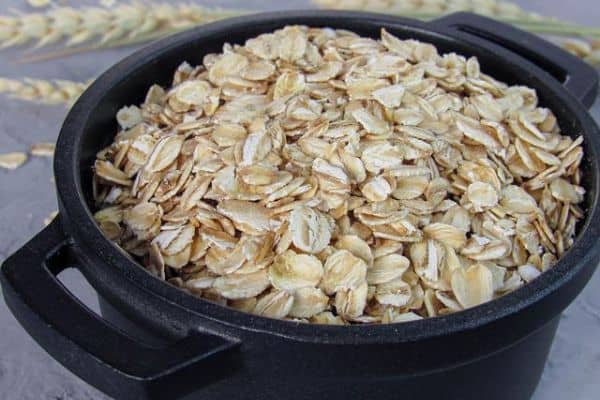
Rolled oats are a safe option to feed deer. They are high in fiber and are a good source of balanced carbs. Rolled oats are also more cost-effective and can be purchased in bulk at most grocery stores.
2. Soybeans

While legumes like Soybeans probably aren’t the first thing you think of when you think about what a deer might like to eat, they actually make a fantastic food source. They are high in protein and can help deer to rebuild muscle after a cold winter.
3. Apples

Everybody likes a sweet treat, even deer. In most parts of their range, deer eat apples in the wild that grow naturally. Apples serve as a good source of fiber and even vitamin c. That being said, apples are very high in sugar and should be only used to supplement your deer feed and should only given as an occasional treat.
4. Alfalfa
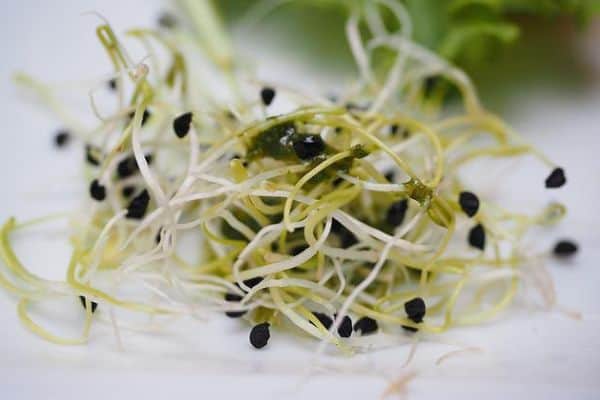
Alfalfa is a high-density food source that is high in fiber and protein actually. However, the time of year in which you feed deer alfalfa is very important to keep in mind. In the winter, deer switch from a grazing diet (consisting of grasses and leafy greens) to a browsing diet (consisting of bark, shrubs, and off-ground leaves). Feeding deer alfalfa in the winter can give them a shock to their system and can leave them extremely bloated and unable to digest. This essentially drives them to starve with a full stomach.
5. Pumpkin

After Halloween, you can always leave your pumpkins out for deer to come and feed! They tend to prefer the insides of pumpkins more than the tough, outer skin. Pumpkins are high in fiber and aid in digestion. They also have high quantities of protein and antioxidants and can be good to help deer transition from grazing to a browsing diet.
6. Barley

Like oats, Barley is another grain that can be safe to feed to deer. Barley is easily digested by deer and is a good food source supplement for the winter. Barley should be mixed in with other food for a nice balanced mix, as on its own it does not provide enough nutrients and can make deer bloated.
7. Acorns
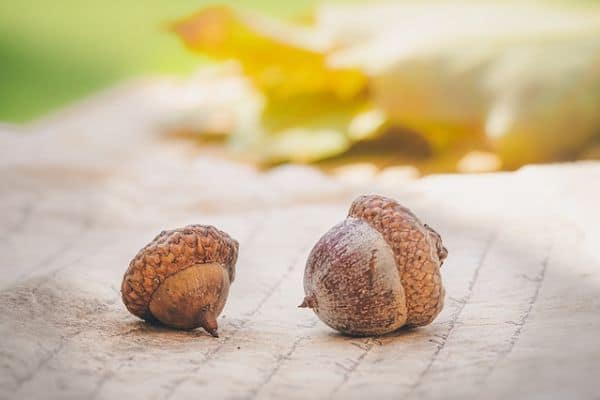
Acorns are seasonally abundant in many parts of the country and are therefore excellent food sources for deer. They are high in fat, and protein, and are quickly and easily digested. In the fall and early winter, acorns may make up nearly 25% of their diet. So instead of raking up your leaves and acorns in your yard, consider leaving them for the deer!
8. Turnips
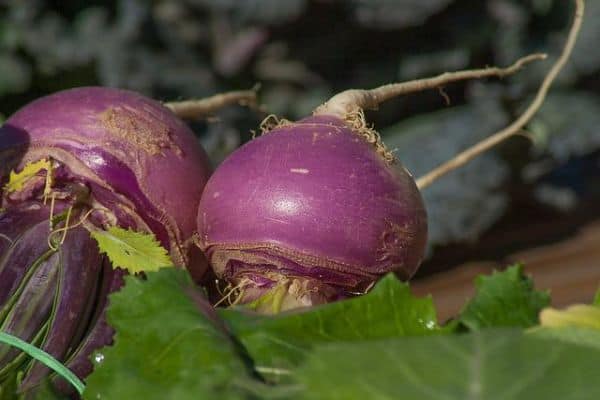
Turnips are a nutrient-rich food source for deer. Deer will consume both the leafy stalks and the turnip itself. They have high amounts of protein and can be digested by deer easily, and are an ideal source of food during the wintertime.
9. Deer pellets

While there are many types of food you can feed deer, there is also specialized feed made for deer. This takes some of the guesswork out of choosing an option that is safe and healthy for deer, as it is designed to give deer a balanced diet.
Some pellets are made for specific times of the year based on what nutrients deer need most at those times, so be sure to consider this when purchasing a deer feed.
Is feeding deer bad?
Feeding wildlife can oftentimes have ethical implications. Most people feed wildlife to try to help, however without doing your research- this can do more harm than good! Regularly putting out food for deer can make them become dependent on the food you provide, which can make it harder for them to fend for themselves.
Instead, you should supplement their natural food sources by occasionally putting food out. This lends more of a helping hand rather than them becoming completely habituated to an easy meal.
Another concern is that deer are prone to chronic wasting disease (CWD), and that bringing deer together by attracting them and feeding them can promote the spread of CWD. Chronic wasting disease causes deer to drastically drop weight and can affect their neural system.
Luckily, CWD has been widely researched by biologists, and there are resources to determine whether or not there are high rates of spread of CWD in your area. If CWD is known to be a problem where you live, then it may be best to avoid feeding the deer.
And furthermore, some people feed wildlife food that has little to no nutritional value to them. This can fill their belly, but does not really do anything to fulfill their dietary needs and can make it hard for them to digest. In some extreme cases, this can leave them to essentially starve with a full stomach.
This is why it is important if you feed deer, to feed them nutrient rich items that are appropriate for the time of year.
Conclusion
If you are hoping to catch a better glimpse of deer in your backyard by feeding them, there are definitely some things you should consider before doing so! Make sure that it is legal in your state, first of all, and be sure to look into the risk of chronic wasting disease for deer in your region.
Additionally, it is also important to make sure you are feeding them the right thing at the right time. The examples on this list are a great place to start when trying to figure out what and when you should be feeding deer.
If you know it’s legal to feed deer in your backyard in your state, these products may help attract them to your yard.
- Whole kernel corn for deer
- Winter-Greens Deer Food
- Mineral and Vitamin Supplement for Deer
- All-Natural Mineral Rock/Salt Lick
- Feed Station for Deer

